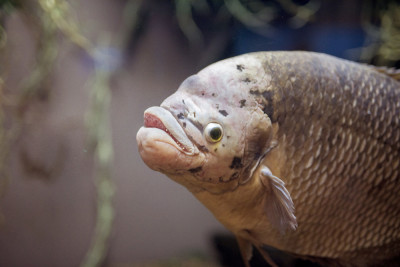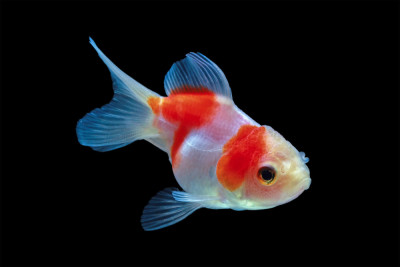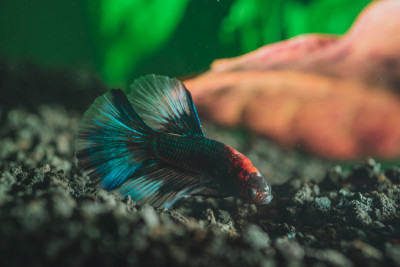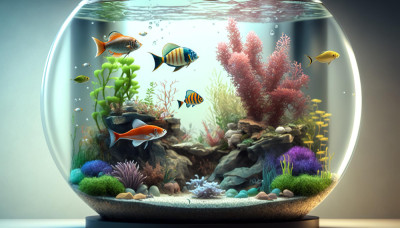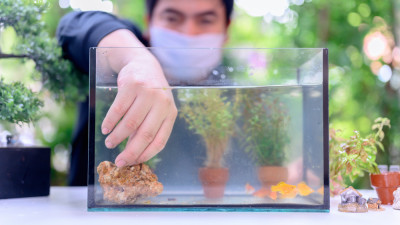Preventing Fish Diseases
-
Quarantine New Fish: Before introducing new fish to your aquarium, quarantine them in a separate tank for a few weeks. This precautionary measure helps prevent the introduction of potential pathogens to your established aquarium.
-
Maintain Optimal Water Conditions: Regularly test and maintain water parameters such as temperature, pH, ammonia, nitrite, and nitrate levels. Clean and replace a portion of the water regularly to keep water quality high.
-
Provide a Balanced Diet: Proper nutrition is vital for fish health. Feed your fish a varied and balanced diet, and avoid overfeeding, which can lead to water quality issues.
-
Avoid Overcrowding: Overcrowding can stress fish and weaken their immune systems, making them more susceptible to diseases. Ensure your aquarium has adequate space for the species you keep.
-
Quarantine New Decor and Plants: Just like fish, decorations and live plants can carry pathogens. Quarantine new additions to your aquarium before introducing them to your main tank.
Common Fish Diseases and Treatments
-
Ichthyophthirius (Ich or White Spot Disease): Ich is characterized by white cysts on fish's skin, gills, and fins. Treat with aquarium salt, elevated water temperature, or medications containing formalin or copper.
-
Fin Rot: Fin rot is a bacterial infection that causes frayed or disintegrating fins. Improve water quality, perform partial water changes, and treat with antibiotics as recommended.
-
Swim Bladder Disorder: Fish with swim bladder issues may float upside down or struggle to maintain balance. Feed sinking foods and adjust their diet to include peas to alleviate constipation.
-
Velvet Disease: Velvet disease appears as a fine, gold or rust-colored dust on the skin and gills. Treat with medications containing copper or formalin and increase water temperature.
-
Columnaris (Cotton Wool Disease): Columnaris is a bacterial infection that produces white, thread-like growths on fish. Quarantine infected fish, improve water quality, and treat with antibiotics.
-
Parasitic Infections: Parasites like flukes and worms can affect fish. Use anti-parasitic medications as directed to eliminate the parasites.
-
Fungus: Fungal infections manifest as cotton-like growths on the skin, fins, or mouth. Treat with antifungal medications and improve water quality.
-
Bacterial Infections: Bacterial infections may cause ulcers, sores, or red streaks on fish. Quarantine affected fish and use antibiotics to treat the infection.
Seek Professional Advice
If you're uncertain about the diagnosis or treatment of a fish disease, consult with a veterinarian or an experienced aquarist for guidance. Accurate diagnosis and timely treatment are essential for successful disease management.
Conclusion
Preventing and treating common fish diseases is an essential aspect of responsible aquarium ownership. By maintaining optimal water conditions, providing proper nutrition, and taking prompt action when you suspect a disease, you can help ensure the health and longevity of your beloved aquatic pets. A well-maintained aquarium can provide years of enjoyment and beauty, and the health of your fish is paramount in achieving this goal.

